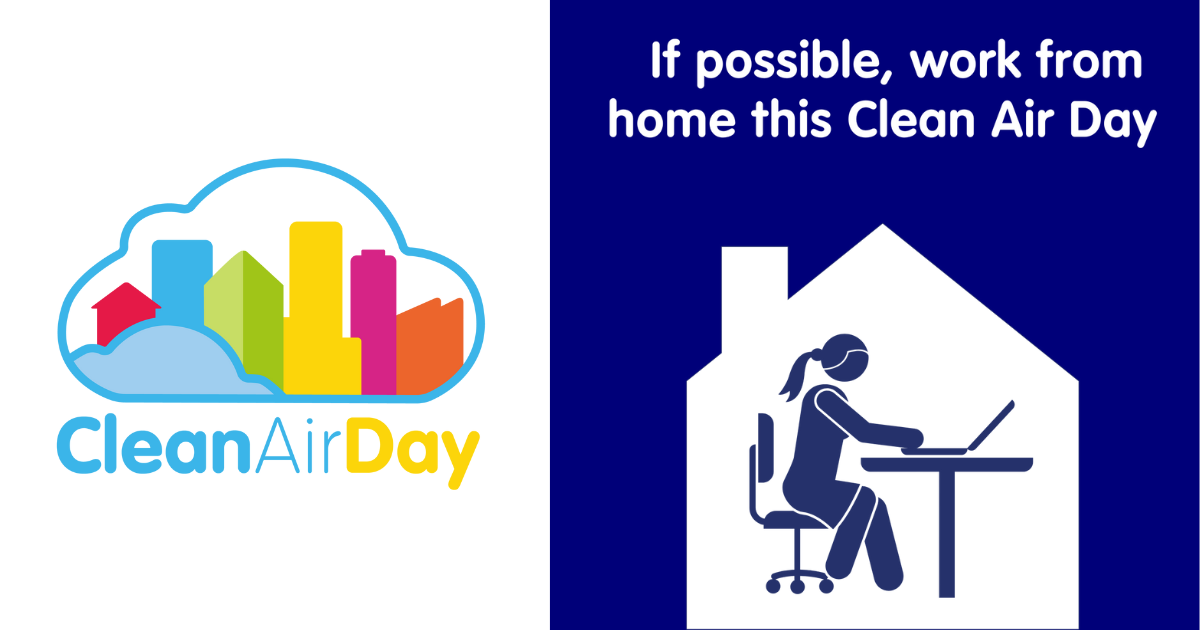Employee engagement is a cornerstone of any successful organisation. Engaged employees are enthusiastic, committed, and driven to perform at their best. However, there’s a crucial intersection that often gets overlooked: when high levels of engagement meet burnout. Striking the right balance is key to ensuring sustainable performance and the well-being of employees.
Engaged but Exhausted: The Hidden Struggle
Engagement is wonderful, but it can come with its own set of challenges. Research shows that while many employees thrive with high engagement and low burnout, about 1 in 5 are highly engaged yet also experiencing significant burnout. These individuals are passionate about their work but are caught in a web of stress and frustration.
Take Dorothea, for instance as stated in the Harvard Business Review . She’s exceptional at her job, dedicates long hours, and is deeply committed to her team. However, despite her high engagement, she often feels overwhelmed and considers leaving her job. This paradox highlights the need for a balanced approach to engagement.
Strategies to Prevent Burnout Through Employee Engagement
Fair Compensation:
While everyone appreciates a higher pay packet, feeling valued is even more important. Fair compensation fosters a sense of being appreciated, which keeps employees engaged and less likely to burn out.
Flexibility:
Offering flexible work options, such as remote work or flexible hours, can significantly reduce burnout Empowering employees to customise their schedules enhances job satisfaction and reduces stress.
Recharge Time:
Encourage employees to take breaks and holidays. Time away from work is essential for recharging both mentally and physically it ‘s important to cultivate a culture that truly values work-life balance.
Appreciation:
Regular, genuine appreciation goes a long way. Acknowledge and celebrate your employees’ efforts and contributions to boost engagement and morale.
Effective Communication:
Clear communication reduces uncertainty and stress. Keep employees informed about changes, goals, and expectations. It’s important to promote open dialogue and active listening.
Workload Management:
An overloaded employee is a burned-out employee. Monitor workloads to ensure they align with capacity and encourage regular breaks during intense periods.
Invest in Training:
Offering and providing relevant learning and development opportunities keeps employees engaged. When employees see a path for growth, they are more committed and less prone to burnout
Adapt Work Processes:
Streamline workflows to simplify tasks and eliminate unnecessary steps. Foster a collaborative environment to promote teamwork and reduce individual stress.
Wrap Up: The Path Forward
Employee engagement is more than a productivity booster; it’s a powerful tool to prevent burnout. By prioritising engagement and creating a supportive environment, organisations can build healthier, more resilient workforces. Helping employees thrive involves striking a delicate balance between keeping them engaged and ensuring they don’t tip over into burnout. In essence, it’s about caring for the people who drive your business forward, ensuring their enthusiasm and passion are sustained in a healthy, balanced way. 🌟













